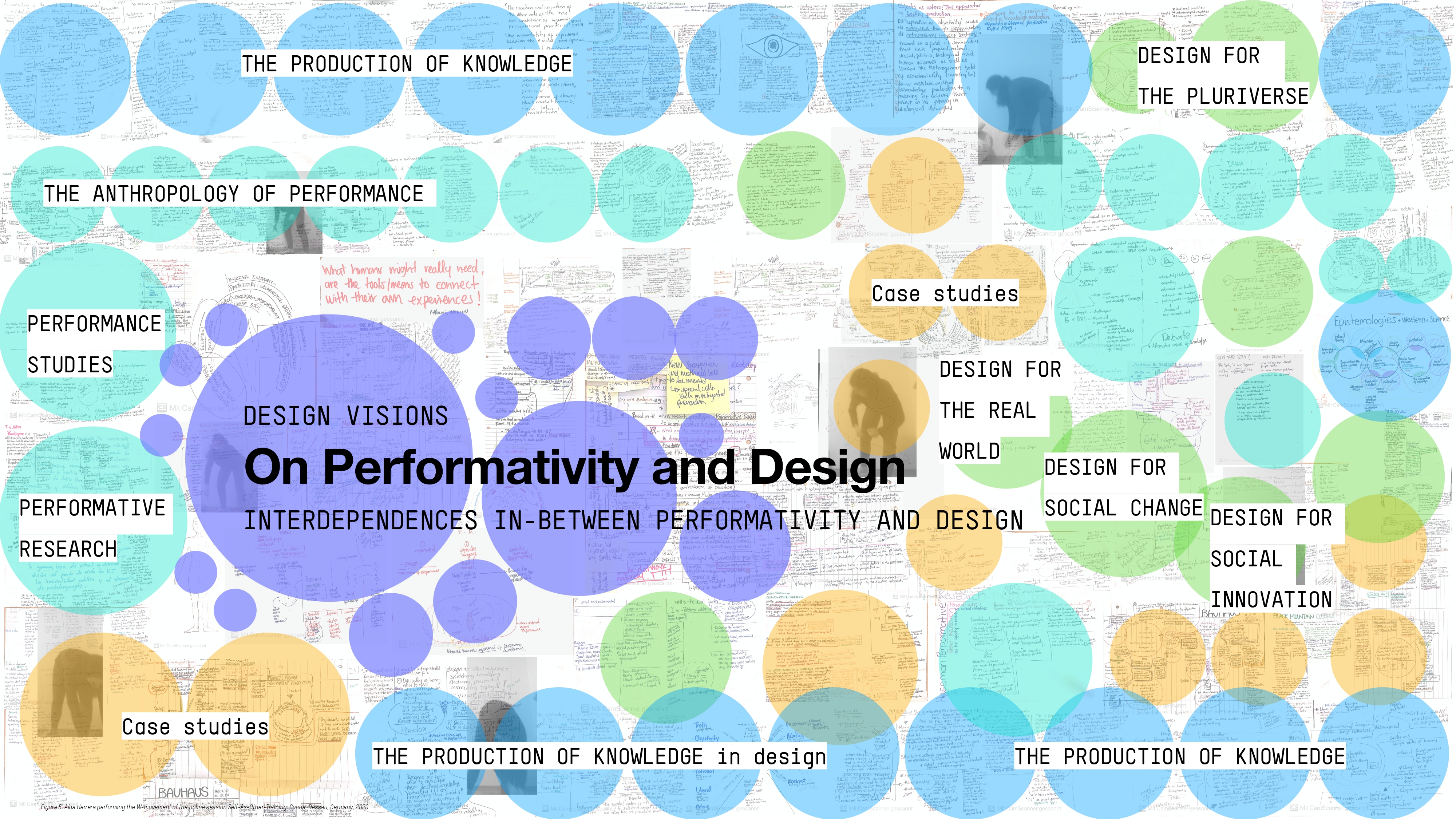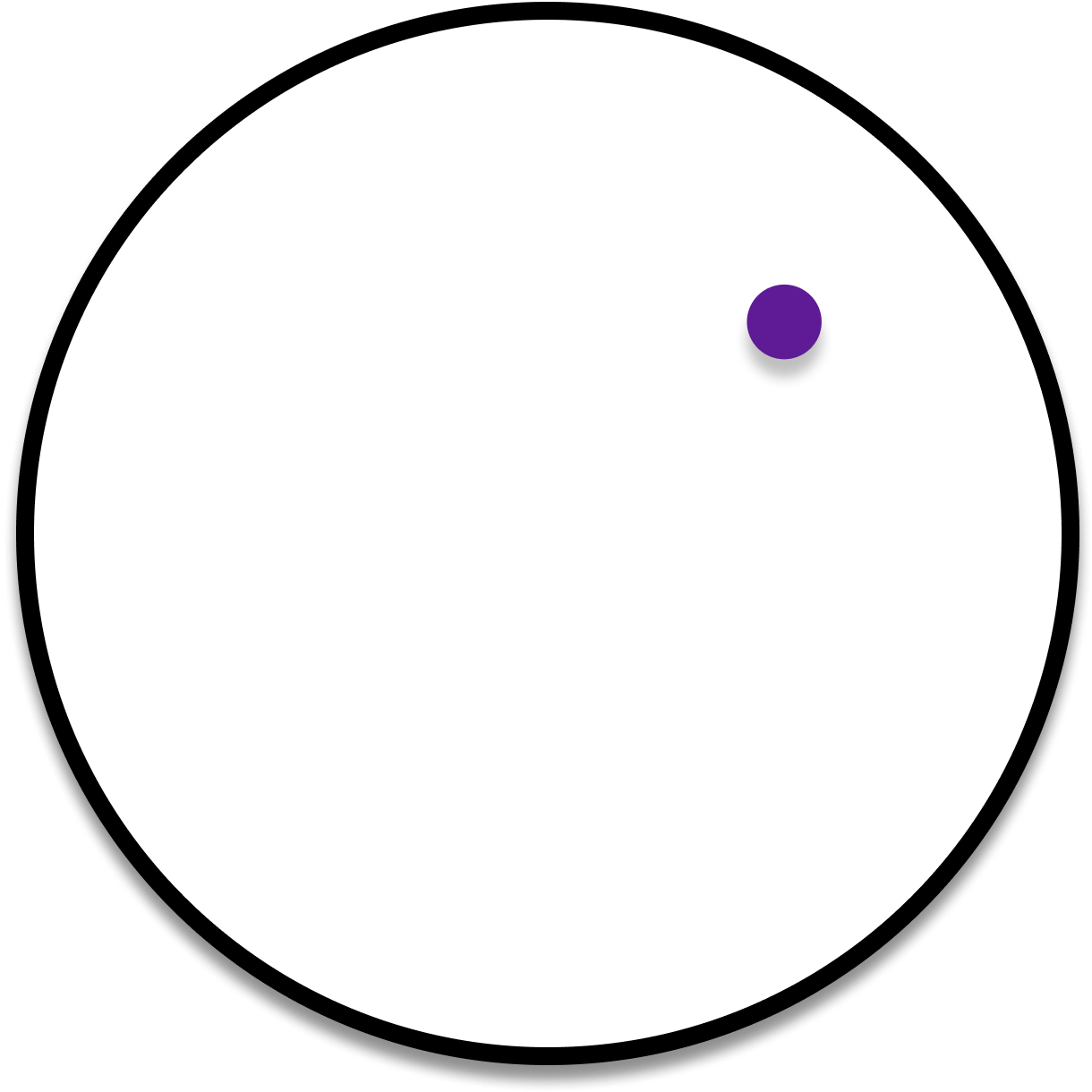



READ ABSTRACT
M.Sc. Design Reserach program conducted by Anhalt University of Applied Sciences and Bauhaus Dessau Foundation in cooperation with Humboldt Universität zu Berlin.
On Performativity and Design
by Aída Herrera Peña
2020
This Master Thesis is based on the author’s body knowledge, concerns, curiosities, and experiences. She consider it to be an experiential research that entails a dynamic and unfinished process but which reveals what was possible during the four-month period of its development.
By exploring how performativity contributes to and enhances design research practices, this research outlines, through a historical overview, the transition of design domains from technological to social innovation. It emphasizes changes in design ways of doing and knowing.
The framework delves first into a shift of perspective manifested in Western design cultures during the 1960s and 1970s and follows a dialogue between the epistemologies of the North and the current epistemologies of the South (Colombia) with the purpose of unveiling three major ideas. Initially, it serves as a way of reflecting on the socio-environmental consequences revealed from such historical context. Then, it acts as the basis for Western design cultures to acknowledge the diversity of contexts in which design practice takes place. Finally, it postulates the making of a plural world beyond the dominant modern and capitalist way of life and dualistic way of knowing.
Having explored the above and proposed non-dualist and non-traditional design practices with a focus on contextual and experiential knowledge, this research continues its journey to ground performativity within design practices through a theoretical analysis of performative and design ways-of-doing and knowing. It includes a deep exploration at a social level of the terms ‘performance,’ ‘performative,’ and ‘performativity,’ which are intrinsically related to the concept of ‘tacit knowledge.’ With all the above in mind, the author provides a discussion and conclusion that seeks to open up possibilities for designers to delve into a plural world in a non-dualistic way, recognize social concerns at local and global levels, and finally, embody an event, an action, or a behavior through contextualized body language and embodied knowledge.
Keywords: Performance, performative, performativity, tacit knowledge, body language, context, Global South, design research, industrial design, social innovation, design
TALKS
(EN) On Performativity and Design, Hurra Hurra x Bauhaus: ein Designpodcast der BURG 2020, DE
![]() HURRA HURRA Podcast Colouring Book, Burg Giebichenstein Kunsthochschule Halle, 2021
HURRA HURRA Podcast Colouring Book, Burg Giebichenstein Kunsthochschule Halle, 2021
(ES) La vivencia del diseño, Exploratory Practices of Resistance and Decoloniality in Arts and Education, Universidad Nacional de Colombia 2021, COL
(EN) On Performativity and Design, Hurra Hurra x Bauhaus: ein Designpodcast der BURG 2020, DE
 HURRA HURRA Podcast Colouring Book, Burg Giebichenstein Kunsthochschule Halle, 2021
HURRA HURRA Podcast Colouring Book, Burg Giebichenstein Kunsthochschule Halle, 2021(ES) La vivencia del diseño, Exploratory Practices of Resistance and Decoloniality in Arts and Education, Universidad Nacional de Colombia 2021, COL
